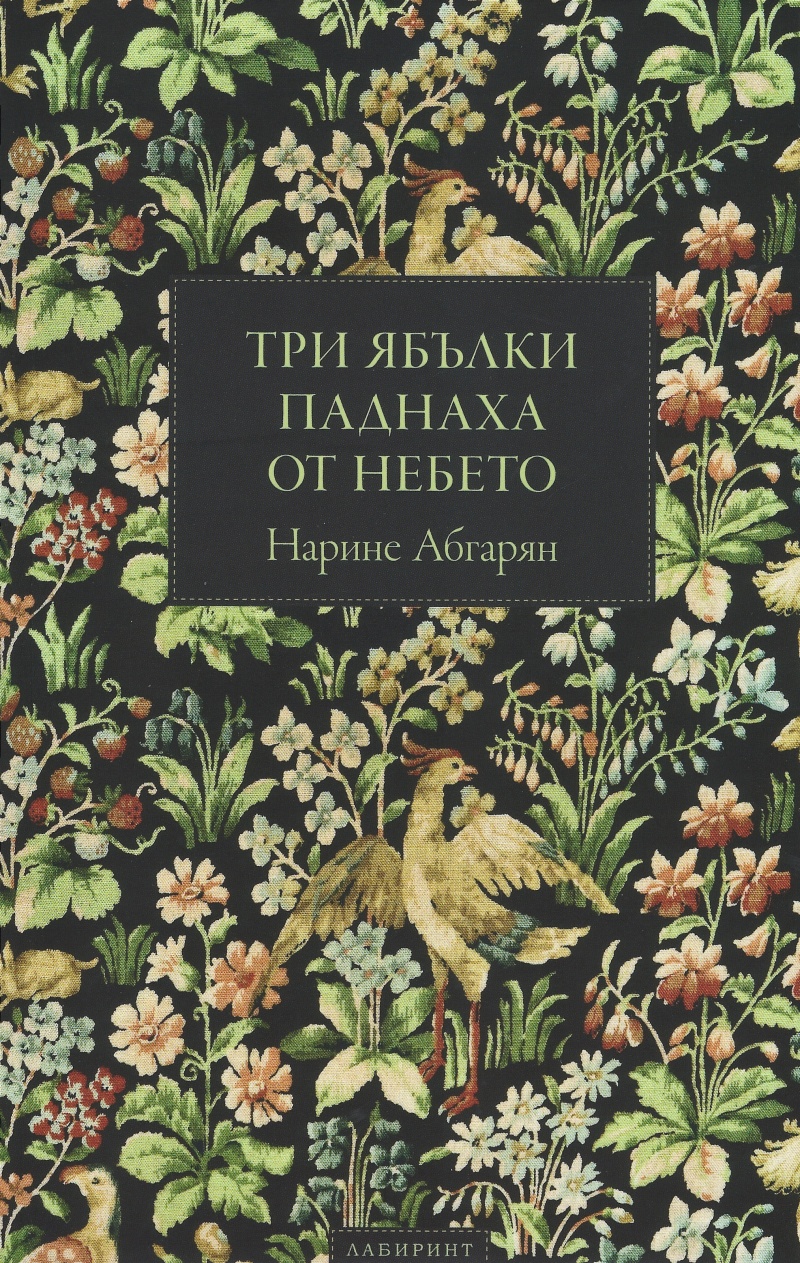The
book of the Armenian author Narine Abgaryan written in Russian is a story that
combines fairy tale charm with the sweet smell of childhood memory. It is
obvious from the very beginning that the writer knows how to knit a wonderful
thread of words. Her language is full of adjectives and simile and she draws
strong identity picture based on upbringing, national and regional identity, on
family lore and traditions.
The
story told in the book unfolds in three parts dealing with the life of
distinctive members of the small community in a tiny village called Maran. They
are all peculiar in their own ways, sharing strong belief in dreams and the
supernatural, relying on centuries-old superstition and tradition. A lot of
readers qualify the book as a form of “magical realism” but I prefer to avoid
such a label because the “magical” elements in Abgaryan’s book are rather
rooted in folklore and tradition and are familiar to me as an Eastern-European
brought up with the same set of old-wives tales. However, on second thought,
there is something in Three Apples
that reminds of Isabel Allende’s The
House of the Spirits.
The
similarity, to my mind, is how both novels draw on the female connection within
a world where patriarchy is strong and deeply rooted in the way society
functions. When I speak of patriarchal culture, the term employs the religious
undertones to some extend but I emphasize on the feminist approach. Female writing
has been in the centre of dispute ever since the twentieth century feminism
demanded from the woman to find her own voice and identity within the world of
male dominated words and literature. This troublesome identity relies on
female-driven identity.
Three Apples fell from the Sky
mirrors its author’s vision on globalization and the importance to preserve
local identity in its ancient beauty. Maran, which is situated so far up in the
mountain that it is merely in the sky, is an oasis of the past where daughters
inherit their mother’s jewelry together with the family curse. The connection
mother-daughter is strong and never undermined by trivial life challenges such
as death and illness. They keep tradition in remembering the origins of the
family name. They always tell stories and thus re-create and sustain the cozy
world in which they live and bear their own daughters. Story telling is a
myth-making process in the book by Narine Abgaryan. Angela Carter once pointed
out the connection between yarn-spinning and story-telling as fundamental for
the way prose is constructed by women. It is the same witchcraft ‘magic’ that
our grandmothers were accused of. Based on this observation I claim that every
female writer masters story-telling as a spell. Here I find the ‘magical’
qualities of Abgaryan’s work.
Whenever
a woman tells a story featuring apples and an apple tree I am inclined to go
back to the “original”. Of course, in the myth-making of Christianity Eve was
tricked to taste from the forbidden fruit and convinced her innocent partner to
follow her on the path of knowledge. I have always liked the way the story in
the Bible undermines its own morals. It is through the power of the word that
Eve understands knowledge. After all Creation starts with the very same
formulae: “In the beginning was the Word, and the Word was with God, and the
Word was God”. Eve speaks to create the world we know today, the world of the
fallen men. Yes, it was mankind that
has fallen. According to Abgaryan we (women) get three apples. One for the one
who has seen, one for the one who has told, and one for the one who has
listened. It has never been history
because it is always she, who tells the story.
https://www.researchgate.net/profile/Ralica_Luckanova





Коментари
Публикуване на коментар